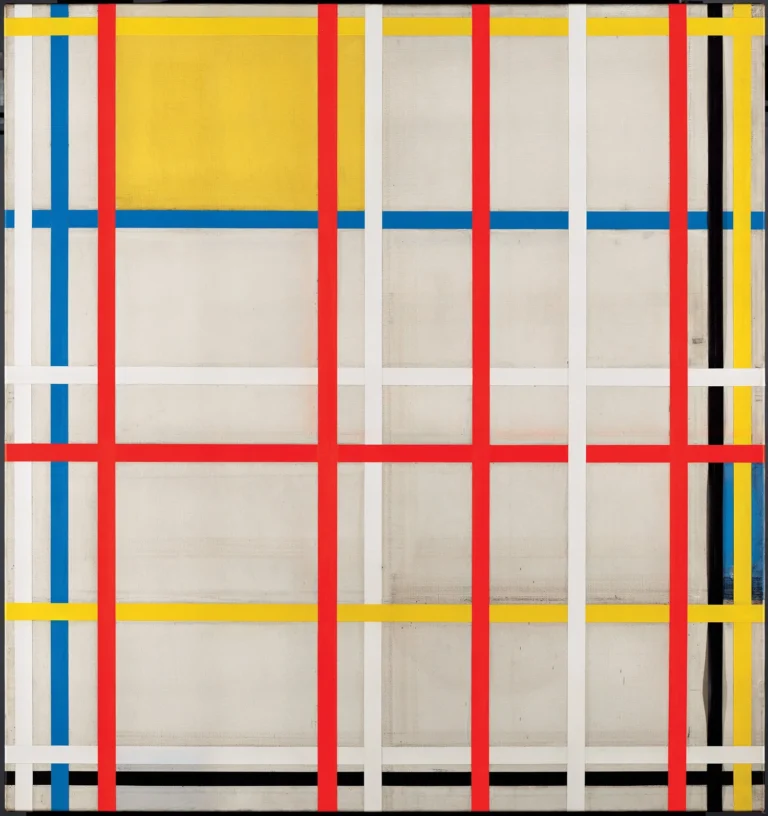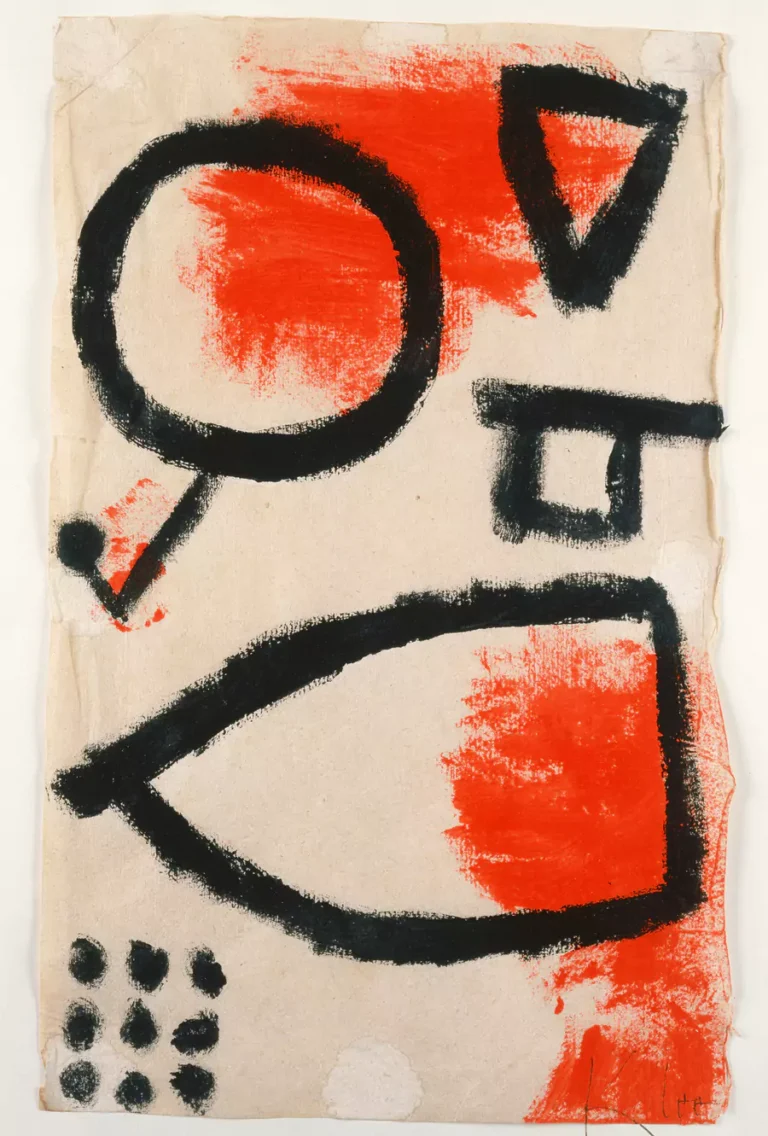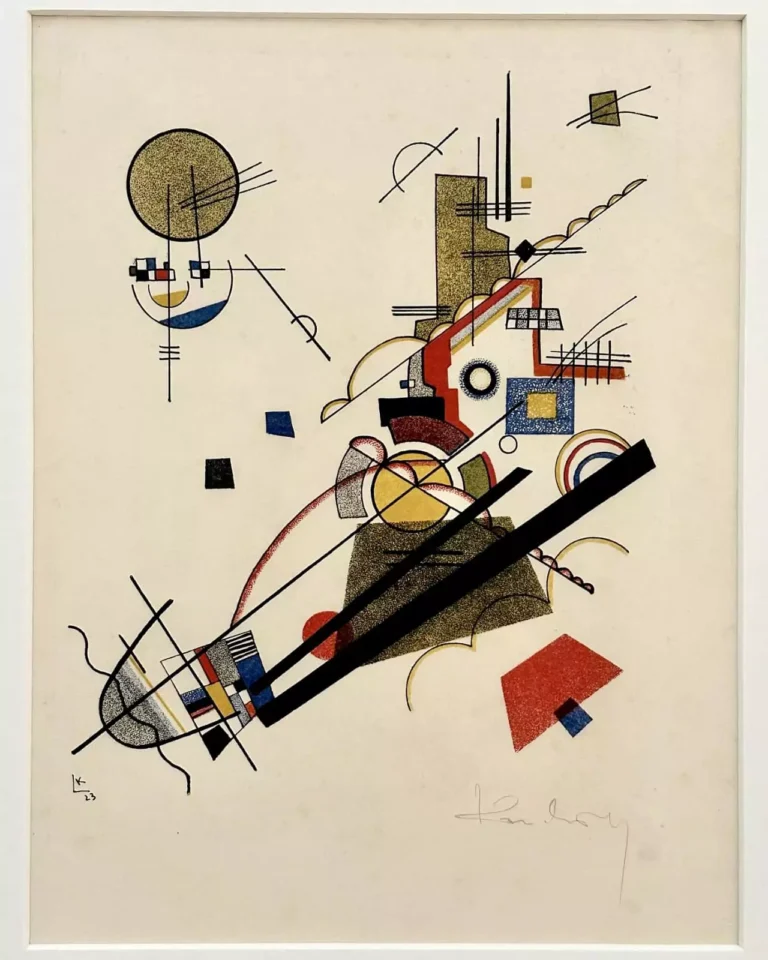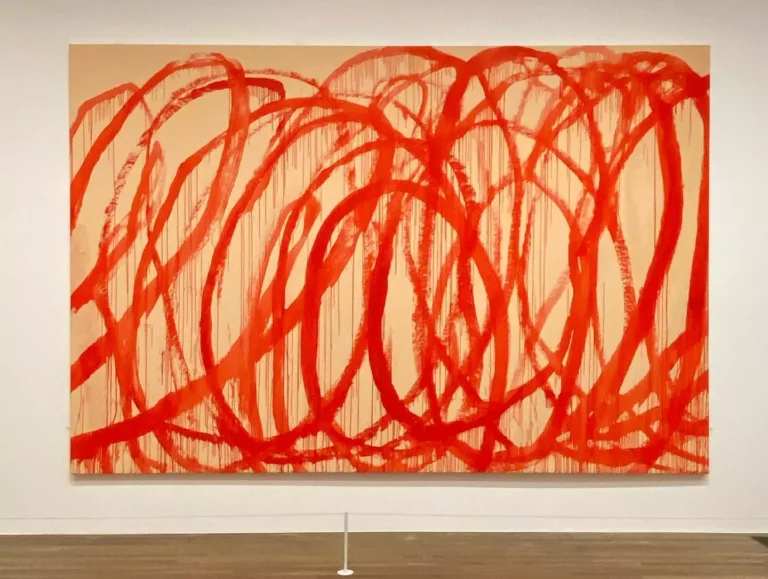Looking for a muse? Check no further. Discover the Best of Art, Culture, History & Beyond!
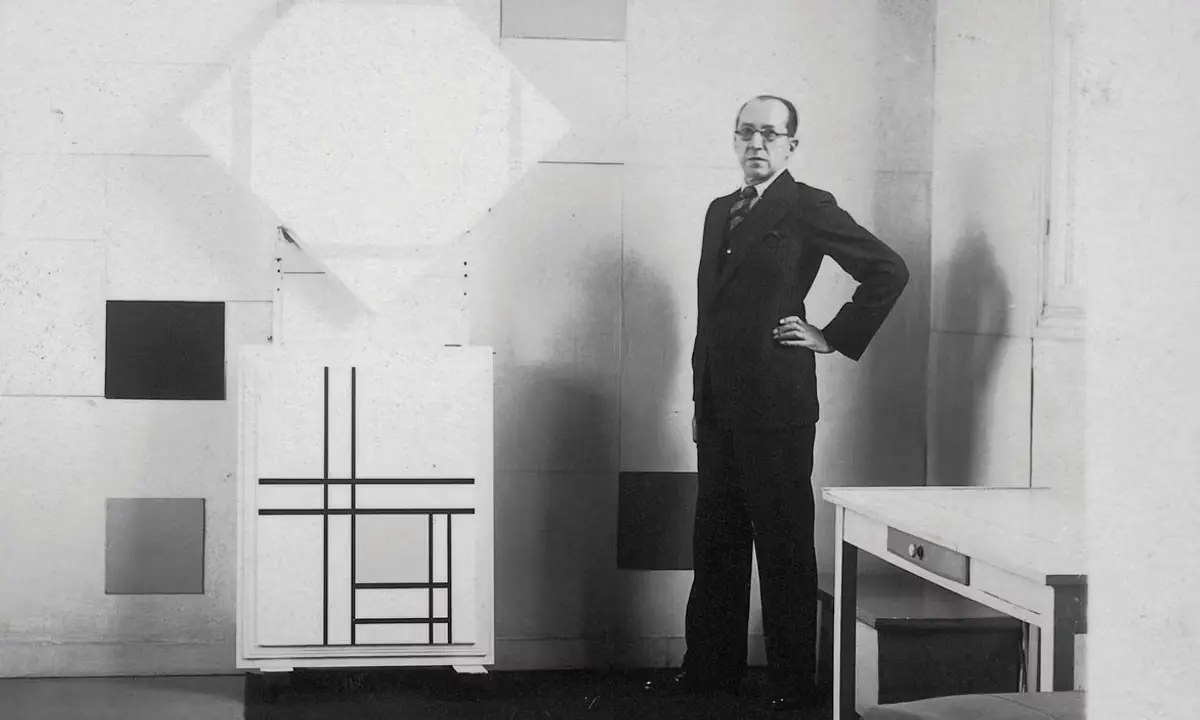
Picture a canvas filled with a grid of black lines, interspersed with blocks of primary colors. This minimalist composition is the hallmark of Piet Mondrian, a Dutch artist whose quest for harmony and order led him to revolutionize abstract art. Born in 1872, Mondrian’s journey from naturalistic landscapes to geometric abstraction reflects a deep philosophical pursuit of universal balance.
Early Life and Artistic Beginnings
Piet Mondrian was born in Amersfoort, Netherlands, into a family with artistic inclinations. His early works were rooted in the Dutch landscape tradition, featuring windmills, rivers, and trees rendered in a realistic style. However, his exposure to Post-Impressionism and Symbolism ignited a transformation in his artistic vision.
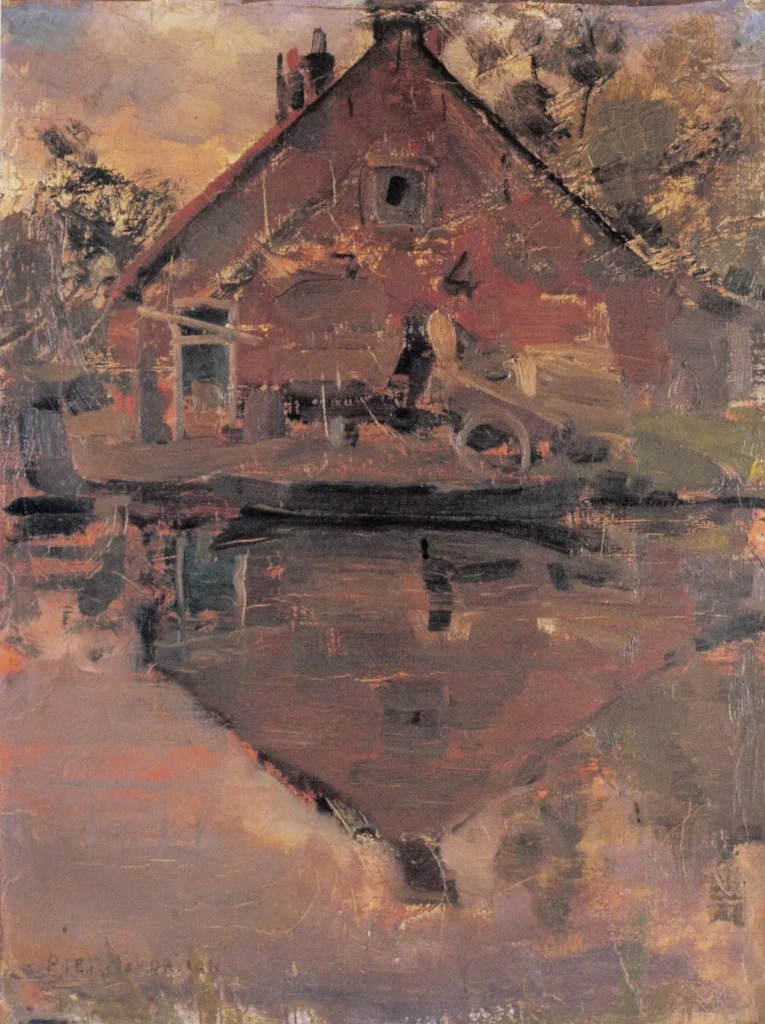
Transition to Abstraction
The pivotal shift in Mondrian’s art came with his move to Paris in 1911, where he encountered Cubism. Inspired by the fragmentation and abstraction of form, he began to deconstruct natural elements into geometric shapes. This period marked the genesis of his unique style, characterized by a reduction to essentials.
De Stijl Movement and Neo-Plasticism
In 1917, Mondrian co-founded the De Stijl movement with Theo van Doesburg. The movement advocated for pure abstraction and universality by reducing art to fundamental elements. Mondrian developed “Neo-Plasticism,” a style employing straight lines, right angles, and primary colors to express a new aesthetic of harmony and order.
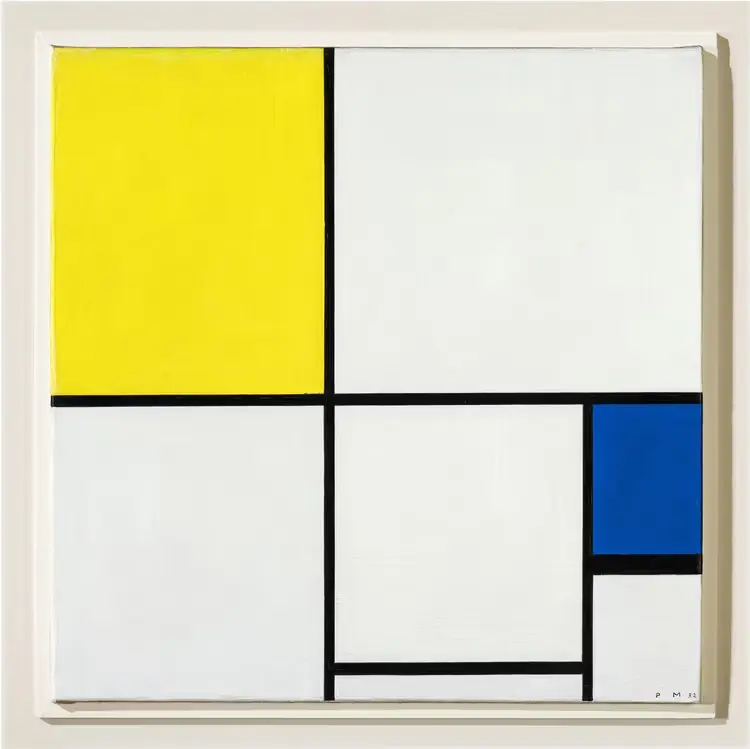
© MondrianHoltzman Trust; Photo Robert Bayer, Basel
Artistic Philosophy
Mondrian’s art was deeply influenced by his belief in a spiritual order underlying the visible world. He sought to represent this order through a balanced composition of lines and colors, eliminating any reference to the natural world. His paintings are meditations on equilibrium, inviting viewers to contemplate the underlying structure of reality.
Later Years and American Influence
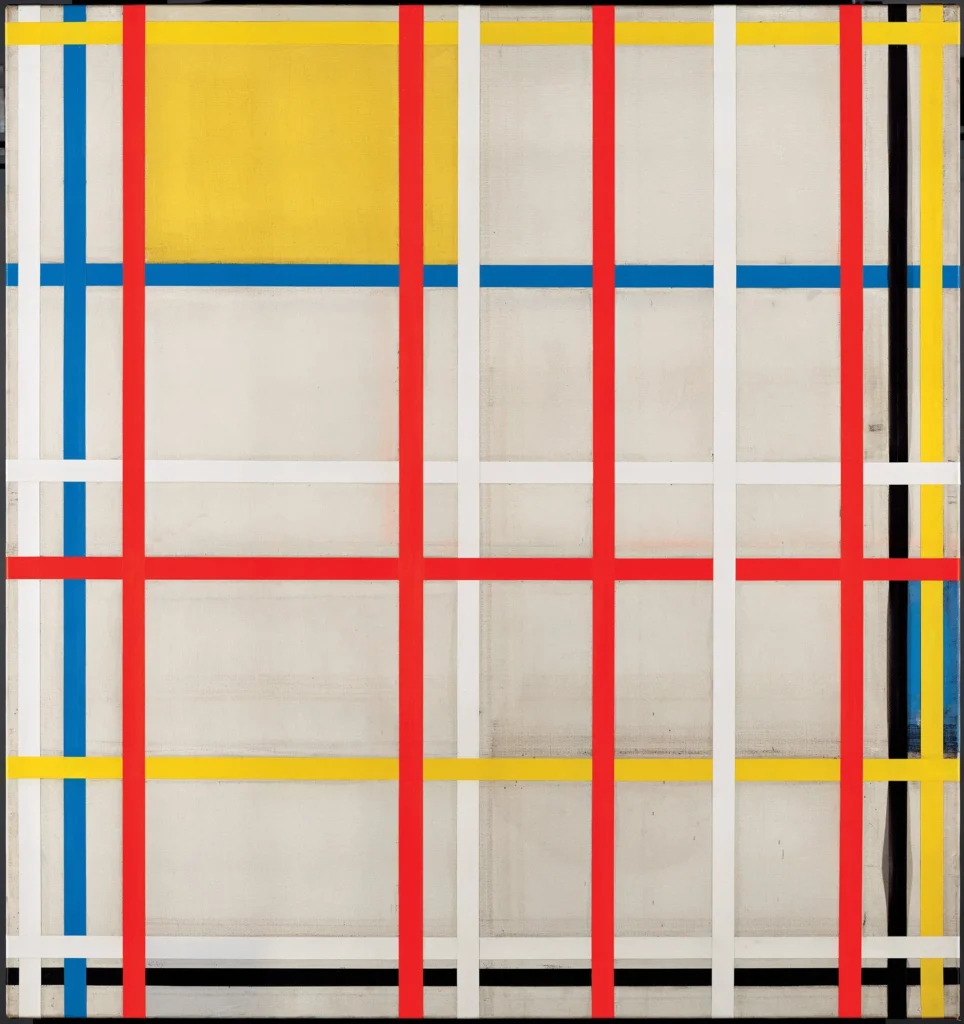
Oil, pencil, chalk and coloured tape on canvas. 117 x 110 cm,
Museo Nacional Thyssen-Bornemisza, Madrid
In 1940, Mondrian moved to New York City, where the vibrant energy of the metropolis influenced his work. He incorporated a more dynamic rhythm into his compositions, evident in his final, unfinished piece, “Victory Boogie Woogie.” This work reflects the city’s jazz music and grid-like structure, showcasing Mondrian’s adaptability and continued evolution.
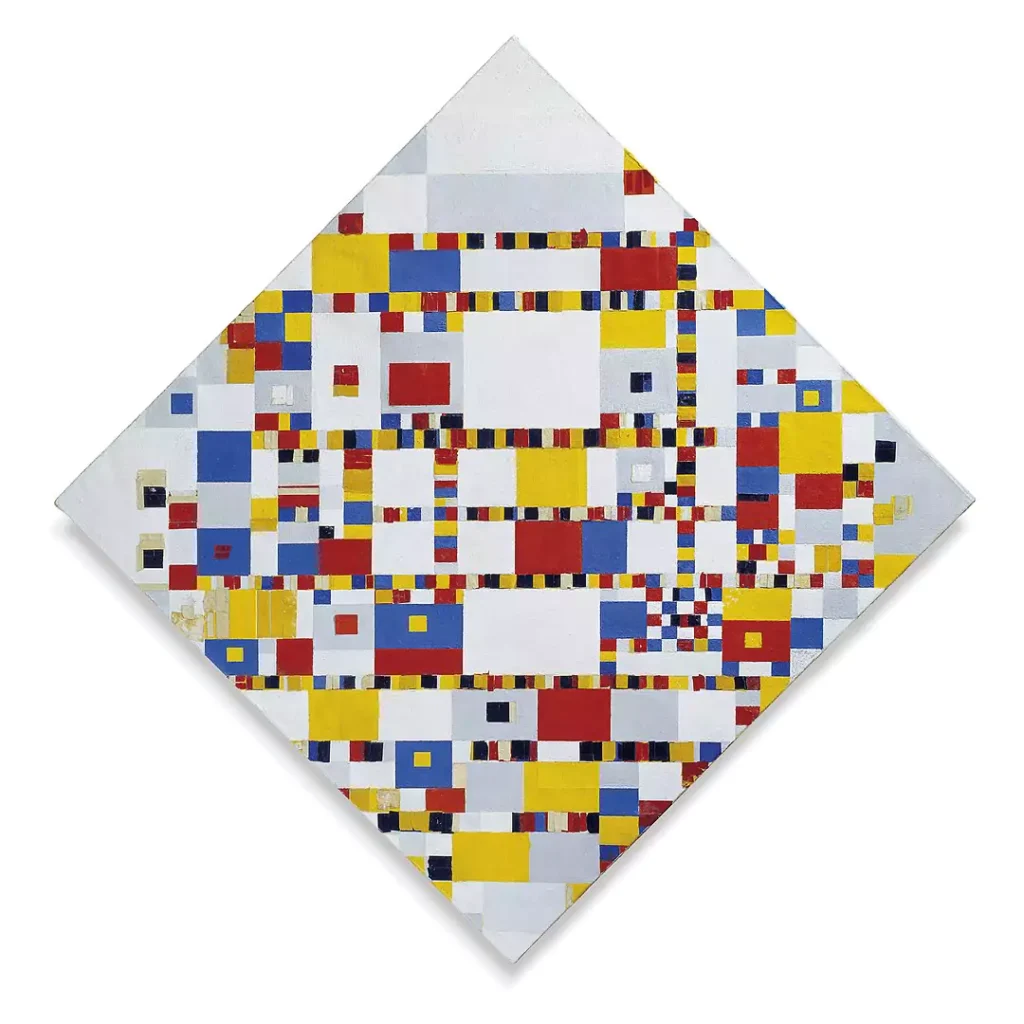
Kunstmuseum, The Hague
Piet Mondrian’s pursuit of purity and balance has left an indelible mark on modern art. His principles have transcended painting, influencing architecture, design, and fashion. Mondrian’s work challenges you to find beauty in simplicity and to recognize the profound in the minimal.

This article is published on ArtAddict Galleria, where we explore the intersections of art, history, and culture. Stay tuned for more insights and discoveries!
